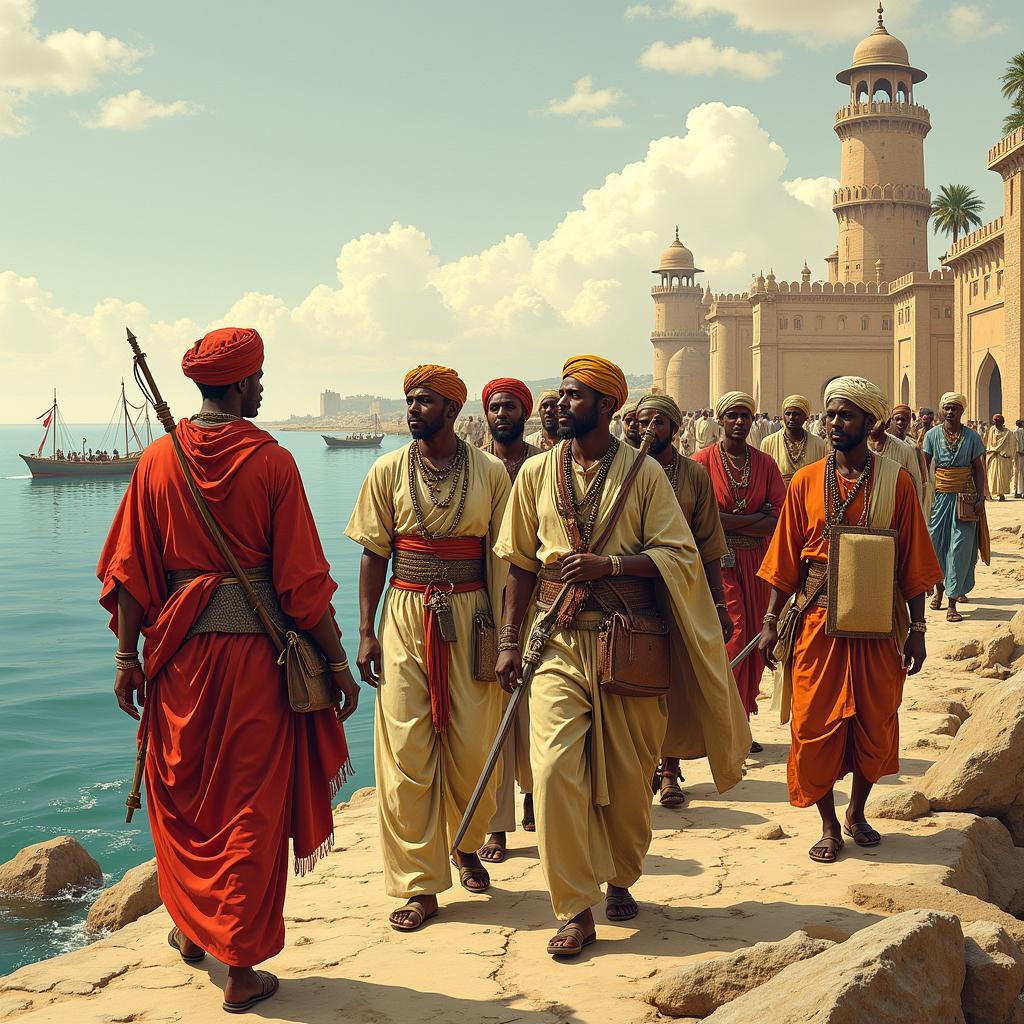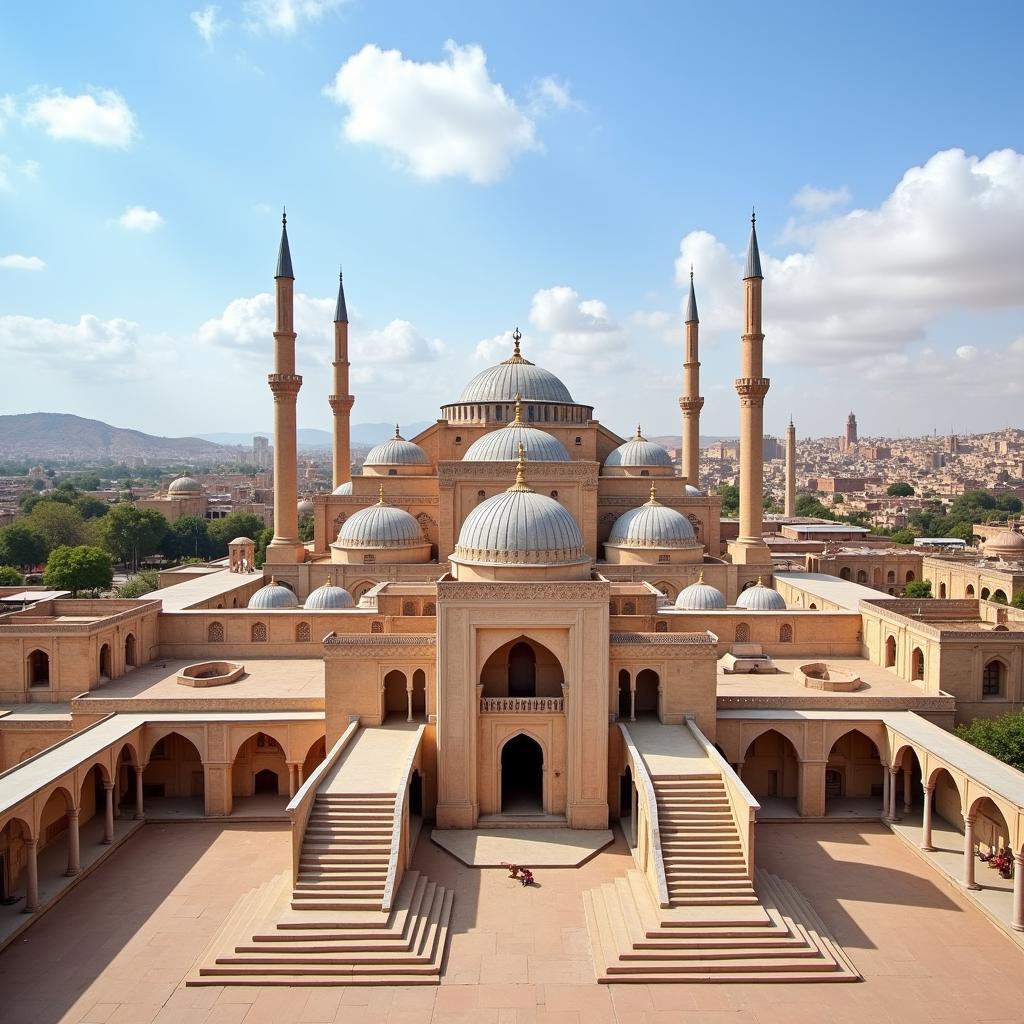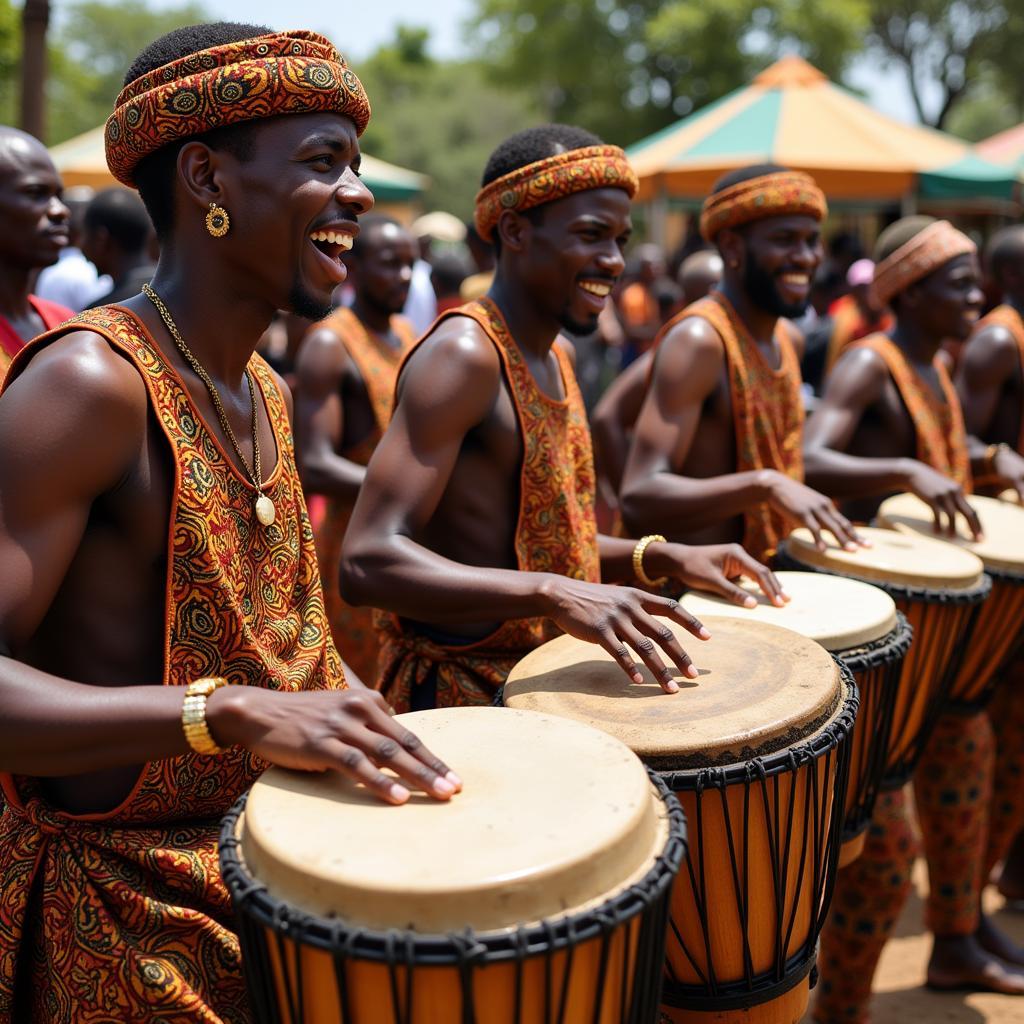The Enduring Legacy: African Elites in India and the Habshi Amarat
African elites have left an indelible mark on the tapestry of world history, and their influence in India is a testament to their enduring legacy. The term “Habshi” historically referred to people of African descent, particularly those from the Horn of Africa, who embarked on journeys across the Indian Ocean, leaving an unforgettable imprint on the Indian subcontinent. This article delves into the captivating history of African elites in India, their rise to prominence, and the architectural marvels they left behind, with a specific focus on the intriguing “Habshi Amarat.”
 African elites in India
African elites in India
From Coasts to Courts: The Ascent of African Elites
The story of African elites in India is inextricably linked to the Indian Ocean trade, a vibrant network that connected East Africa, the Arabian Peninsula, and the Indian subcontinent centuries ago. Many Africans, primarily from Abyssinia (present-day Ethiopia) and the Swahili Coast, arrived as traders, soldiers, and even slaves. Their courage, skillset, and adaptability allowed them to rise through the ranks, securing influential positions in various kingdoms across India.
During the Delhi Sultanate (13th-16th century), Habshi soldiers rose to prominence within the military ranks, known for their valor and loyalty. They served as generals, advisors, and even rulers, showcasing exceptional leadership and military prowess. One prominent example is Malik Ambar, a Habshi slave who rose to become the regent of the Ahmadnagar Sultanate in the Deccan region.
A Fusion of Styles: The Architectural Legacy of the Habshi Amarat
The term “Habshi Amarat” typically refers to architectural structures built by or commissioned by Habshi elites in India. These structures stand as a testament to their influence and cultural assimilation, blending Islamic architectural styles with influences from their African heritage. Though the exact meaning of “Amarat” is debated, it often refers to a palace, tomb, or other significant building.
One notable example, though not definitively attributed to Habshi patronage, showcases the architectural fusion often associated with the term. The “Ibrahim Rouza” in Bijapur, Karnataka, built in the 17th century, displays a harmonious blend of Indo-Islamic and potential African architectural elements. The structure’s intricate carvings, majestic domes, and spacious courtyards reflect a unique aesthetic sensibility, reflecting the multicultural society of the time.
 Ibrahim Rouza in Bijapur, India
Ibrahim Rouza in Bijapur, India
Unraveling the Past: Exploring the Habshi Amarat
Despite the historical significance of African elites in India, research on “Habshi Amarat” remains limited. Further investigation is crucial to uncover the architectural nuances, patronage patterns, and cultural influences that shaped these structures. Exploring these architectural marvels can provide invaluable insights into the lives and contributions of African elites who made India their home.
Conclusion
The story of African elites in India, particularly through the lens of the “Habshi Amarat,” provides a compelling glimpse into a fascinating chapter of history. It highlights the interconnectedness of cultures, the fluid nature of identity, and the lasting impact of human migration and interaction. As we continue to explore and understand the nuances of their legacy, we gain a richer understanding of the complex historical tapestry of both India and the African diaspora.
FAQs
-
What is the meaning of “Habshi”?
- “Habshi” historically referred to people of African descent in India, particularly those from the Horn of Africa.
-
What is the significance of Malik Ambar?
- Malik Ambar was a Habshi slave who rose to become the regent of the Ahmadnagar Sultanate, showcasing the social mobility possible for some African elites.
-
Where can one find examples of “Habshi Amarat”?
- While research is ongoing, structures potentially reflecting this architectural fusion can be found in various parts of India, including Bijapur and the Deccan region.
Need Help?
For further inquiries or assistance, please contact:
Phone Number: +255768904061
Email: kaka.mag@gmail.com
Or visit us at: Mbarali DC Mawindi, Kangaga, Tanzania.
Our customer service team is available 24/7.




